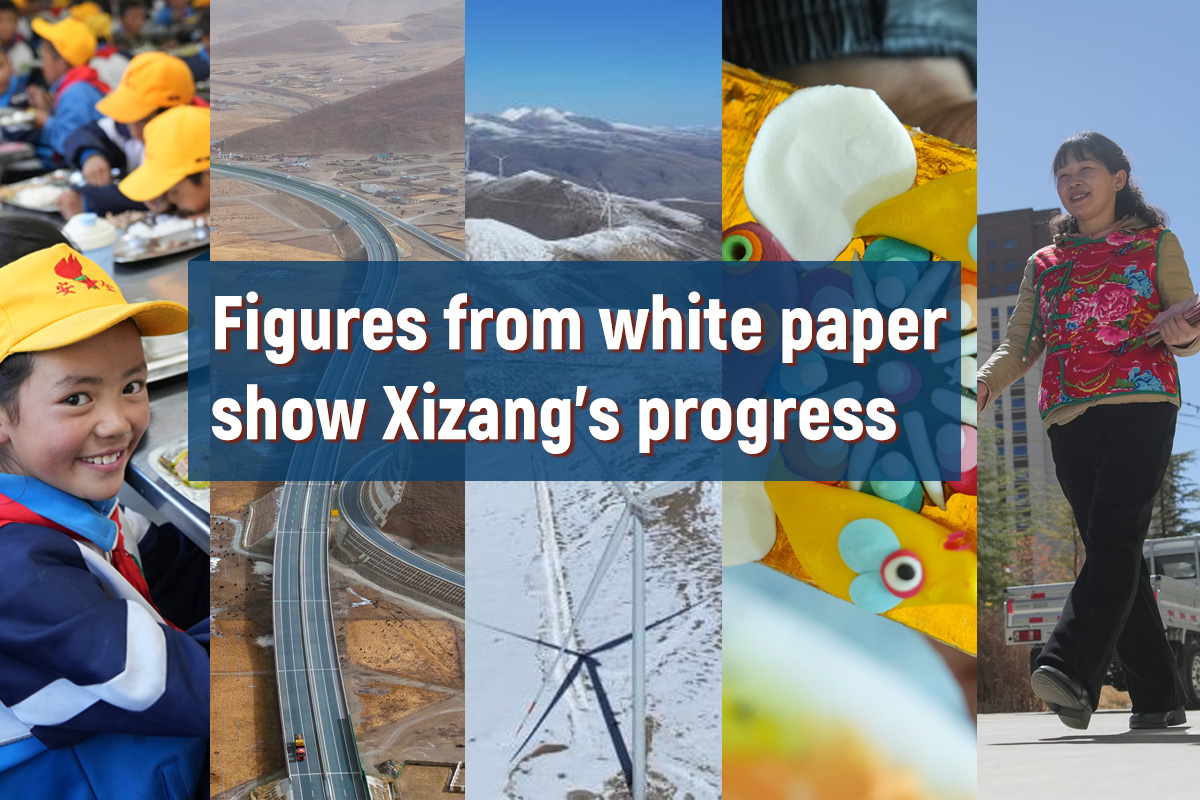Further efforts needed to eliminate hepatitis B

China has made significant progress in reducing mother-to-child transmission of hepatitis B, but further efforts are needed to identify and manage millions of existing cases and provide multidisciplinary treatment to reduce related deaths, medical experts say.
Wang Yu, chairman of the Chinese Foundation for Hepatitis Prevention and Control, said the positivity rate of hepatitis B surface antigen among children under age 5 in China fell to about 0.3 percent in 2020, compared with an infection rate of around 10 percent among the general population in the early 1990s.
In the past, many infants were infected with the virus transmitted through the blood of the mother during childbirth.
"Thanks to mass immunization against hepatitis B at birth over the past three decades, China has effectively cut transmission of the virus and significantly lowered the positive rate among newborns and toddlers, reversing the persistent harm caused by the pathogen," Wang said.
He made the remarks during the 34th annual meeting of the Asian Pacific Association for the Study of the Liver, held in Beijing and co-hosted by the association and the foundation.
Themed "Multidisciplinary Collaboration for Elimination & Cure", the event drew more than 6,000 doctors, researchers, public health specialists and other participants from 54 countries and regions.
Despite progress in reducing transmission at birth, Wang said an estimated 75 million people in China are living with chronic hepatitis B.
These individuals face a higher risk of developing chronic hepatitis, liver fibrosis, cirrhosis and liver cancer, placing a significant disease burden on the nation. He stressed the importance of expanding testing and screening to identify people unaware of their infection status and provide targeted treatment.
"Concerted efforts from grassroots clinics, disease control centers, hospitals and local governments are needed to achieve prompt detection and ensure long-term management of patients," he said.
The World Health Organization aims to eliminate viral hepatitis as a major public health threat by 2030, seeking to reduce new hepatitis infections by 90 percent and related deaths by 65 percent from 2016 to 2030.
Hepatitis B is the most common form of viral hepatitis, with about two-thirds of cases occurring in the Asia-Pacific region, half of them in China, said Wei Lai, president of the meeting and director of the center at Beijing Tsinghua Changgung Hospital.
"The elimination of hepatitis B in China holds special significance for the entire Asia-Pacific region and the global fight against the disease," Wei said.
He emphasized the need for cross-sector and multidisciplinary cooperation to manage chronic hepatitis B, including early monitoring and intervention at the community level, treatment for various stages of liver cirrhosis and surgery for liver cancer.
"The majority of patients are older than 30, and a growing number are developing liver cancer, so treatment requires coordination among specialists in fields such as oncology, organ transplantation and more," Wei said.
He added that the conference reached a consensus on the concept of a "functional cure" for hepatitis B — suppressing the viral load to undetectable levels in the blood with no signs of active infection.
"The conference serves as a platform for pharmaceutical companies, drug regulators, clinical doctors and epidemiologists to discuss strategies to enhance functional cures and improve the overall quality of life for infected individuals," he said.
Tian Zhaosen contributed to the story.
- PLA Eastern Theater Command conducts drills in waters to north, south, east of Taiwan Island
- Shanghai receives 348 applications so far for data IP registration
- Clean energy warms high-altitude homes in Xizang
- Finnish tourism delegation concludes roadshow in China
- Rare European Robin spotted in Taiyuan's Yingze Park
- Xiong'an New Area sets sustainable example





































